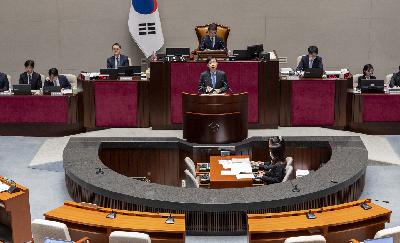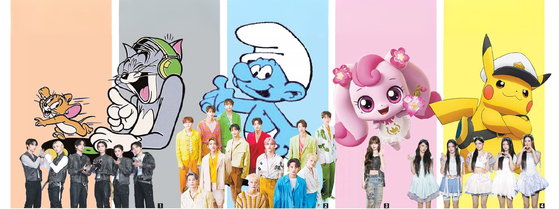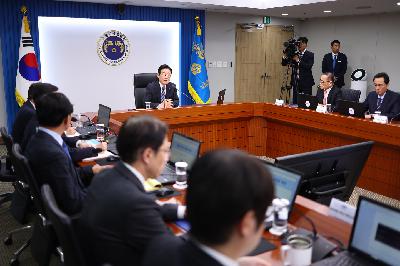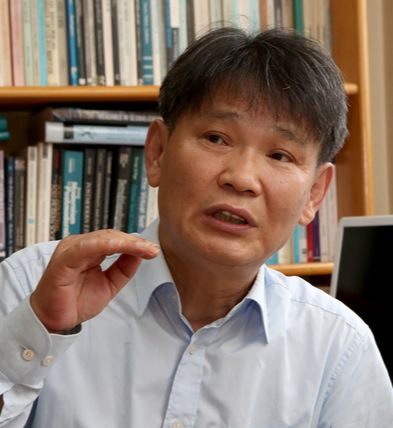Korea weighs dual-build option for nuclear-propelled submarines, following Australia’s model
Update: 2025-11-18
Description
Cha Se-hyeon
The author is an editorial writer at the JoongAng Ilbo.
The United States under President Donald Trump has approved Korea's plan to build nuclear-propelled submarines, a capability the Korean military has sought for more than three decades. In a joint fact sheet released on Nov. 14, the two governments announced that Washington would work closely with Seoul on the requirements for a nuclear submarine program, including the provision of naval reactor fuel. The decision clears the first major hurdle, but many challenges remain before Korea can operate a fleet.
The trilateral Aukus agreement between the United States, Britain and Australia, announced in 2023, offers a useful reference point as Korea debates how to move forward. The Australian case highlights the complexities of nuclear submarine production, industrial capacity, technology transfer and the political sensitivities surrounding naval nuclear propulsion.
Korea has publicly stated its preference for building its nuclear submarines at domestic shipyards to ensure speed and control. Trump, however, has suggested constructing them at the U.S. Navy's Philadelphia Naval Shipyard, recently acquired by Hanwha Ocean. A core issue is the United States' limited production capacity. According to the Congressional Budget Office, the U.S. Navy can build only about 1.2 submarines per year, far below the 2.33 submarines needed annually to meet both U.S. fleet expansion goals and Aukus obligations.
These constraints have already placed Aukus under strain. Under Pillar I of the agreement, the United States is to deliver at least three Virginia-class submarines to Australia in the early 2030s. Yet in June, the Pentagon warned that reassessing the agreement could be necessary to ensure the U.S. industrial base can first meet American needs while still supporting allied security. During last month's U.S.-Australia summit, Trump reaffirmed the original pledge, but the implementation timeline remains a point of debate within Washington.
Australia is moving ahead regardless of questions about when it will receive U.S. submarines. Canberra plans to develop a jointly designed nuclear submarine with Britain, using American reactor technology. Australia and Britain aim to complete their first domestically built submarines in the early 2040s and late 2030s, respectively. To support the project, Canberra announced in September that it would invest 12 billion Australian dollars, or about $7.77 billion, over the next decade to expand submarine construction and sustainment facilities in Henderson.
Korea may face similar choices. The government is already committed to contributing $150 billion to the Make American Shipbuilding Great project, Washington's initiative to revive the U.S. shipbuilding industry. Even with that investment, building submarines in Korea and importing reactor fuel from the United States would likely offer a faster route to fielding an operational fleet. At a recent briefing on the joint fact sheet, Wi Sung-lac, the director of national security, said Korea would build the submarines domestically and could also develop reactor components using Korean technology, adding that the United States would provide the fuel. Korea is expected to build at least four nuclear-propelled submarines of more than 5,000 tons beginning in the mid-2030s.
Legal arrangements will be central to securing U.S. reactor fuel. Australia's experience provides a relevant precedent. Both Korea and Australia maintain civil nuclear cooperation agreements with the United States under Section 123 of the Atomic Energy Act of 1954, which governs peaceful nuclear cooperation and nonproliferation safeguards. To avoid lengthy renegotiations of their existing agreements, the United States and Australia relied instead on Section 91, which allows the transfer of naval nuclear propulsion technology with congressional approval when national security conditions are met.
The three Aukus countries subsequent...
Comments
In Channel
























